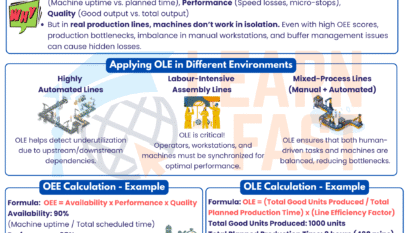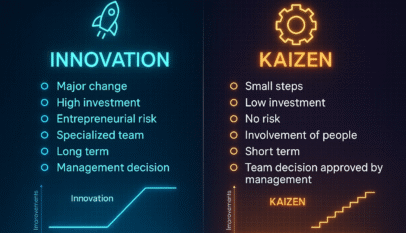In the dynamic world of project management, success often hinges on the ability to navigate a complex landscape of tasks, resources, and stakeholder expectations. However, even the most experienced project managers can sometimes overlook or underestimate certain elements, creating “blind spots” that may potentially undermine the project’s success. These blind spots can range from ignoring stakeholder input to mismanaging project scope. In the following sections, we will explore nine of the most common blind spots in project management. By acknowledging and understanding these pitfalls, project managers can take a proactive approach to prevent these issues from hindering the progress and outcomes of their projects. Let’s delve into these blind spots and shed some light on how to avoid them.
- Ignoring Stakeholder Input
- Project managers can sometimes overlook the importance of stakeholder input, leading to misalignment between the project’s goals and the stakeholders’ expectations. Regular communication and feedback are essential to ensure stakeholder satisfaction.
- Neglecting Risk Management
- Some project managers underestimate potential risks or fail to have a solid risk management plan. Identifying, analyzing, and planning risks is crucial to avoid unexpected issues.
- Overlooking Team Dynamics
- A project manager must consider the human element of the team. Overlooking interpersonal dynamics, individual strengths, and weaknesses can lead to conflicts and inefficiencies.
- Failing to Set Clear Goals
- Without clear, measurable, and attainable goals, a project can lose direction and purpose. This can lead to poor performance and delayed delivery.
- Inadequate Documentation
- Proper documentation is essential for maintaining a clear record of the project’s progress, decisions, changes, and learned lessons. Failure to adequately document can lead to confusion and mistakes.
- Inflexibility to Change
- Projects often need to adapt to changes in requirements, stakeholder expectations, or external circumstances. Being inflexible can lead to delays, increased costs, or failure to deliver the project effectively.
- Overcommitting Resources
- It’s easy to fall into the trap of promising too much too soon. Overcommitting resources can lead to burnout, quality issues, and project delays.
- Neglecting Continuous Learning
- Project management is dynamic, and continuous learning is key to staying effective. Ignoring new methodologies, tools, or best practices can lead to inefficiency and missed opportunities.
- Mismanaging Project Scope
- When the project’s scope expands beyond its original objectives, scope creep can lead to increased costs, delays, and quality issues. Managing the scope effectively and keeping it aligned with the project’s goals and resources is essential.
As a project manager, it’s important to have sharp attention to detail, a deep understanding of people and processes, and the ability to adapt to changing circumstances. To ensure success, it’s crucial to avoid common blind spots such as ignoring stakeholder input, neglecting risk management, overlooking team dynamics, failing to set clear goals, providing inadequate documentation, being inflexible to change, overcommitting resources, neglecting continuous learning, and mismanaging project scope. By remaining vigilant and proactive, constantly learning and adapting, we can exceed our stakeholders’ expectations. Remember, the most successful projects are those that anticipate, prepare for, and effectively manage potential blind spots, not those that are free of challenges.
















